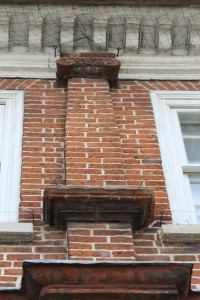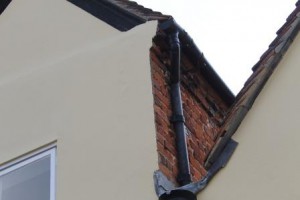 We have recently been instructed to undertake a terminal Schedule of Dilapidations for a commercial building in a prominent location in Newbury, Berkshire.
We have recently been instructed to undertake a terminal Schedule of Dilapidations for a commercial building in a prominent location in Newbury, Berkshire.
Our instruction is to serve a costed schedule of dilapidations on the lessee, in order that the Landlord can recoup any costs in relation to breaches of the lease. The instruction is complicated by the fact that the Landlords lessee has long since vacated the premises and sub-let the premises to a sub-lessee.
If your lease is coming to an end and you are either a Landlord requiring a schedule of condition to be compiled, or a Tenant who has been served with a terminal schedule of condition, please contact us as we will be pleased to assist.

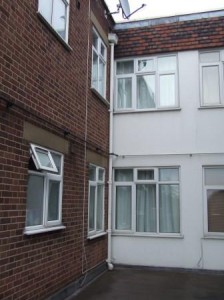 RMA Surveyors Ltd acted as project managers for an external maintenance and repairs programme to a block of flats in Cockfosters, London.
RMA Surveyors Ltd acted as project managers for an external maintenance and repairs programme to a block of flats in Cockfosters, London.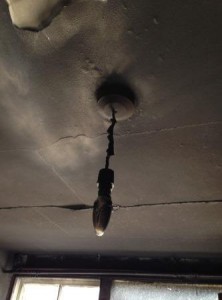
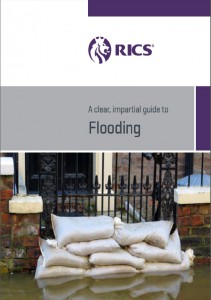 The Royal Institution of Chartered Surveyors has issued helpful advice in the wake of the recent flooding throughout the UK.
The Royal Institution of Chartered Surveyors has issued helpful advice in the wake of the recent flooding throughout the UK. 
